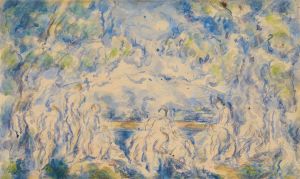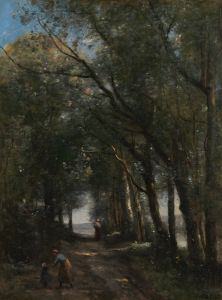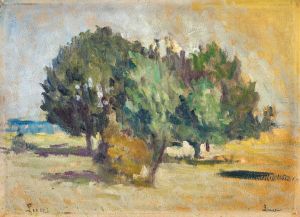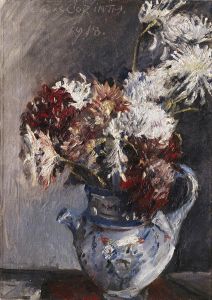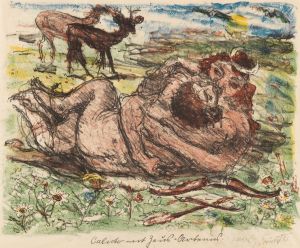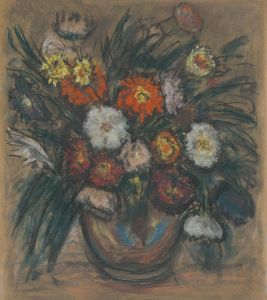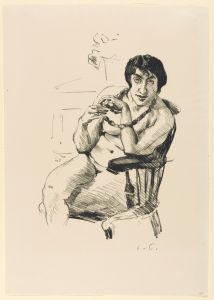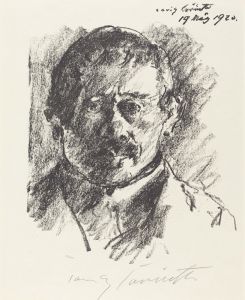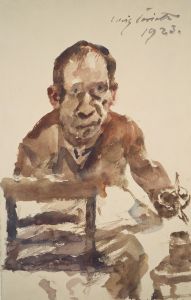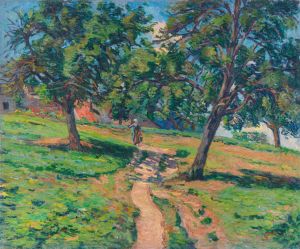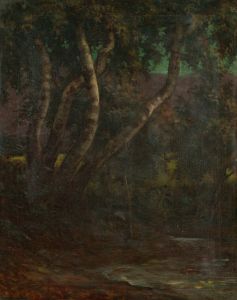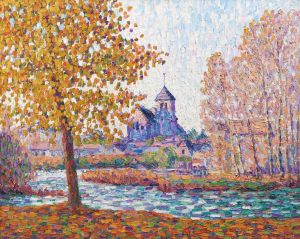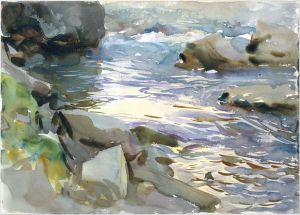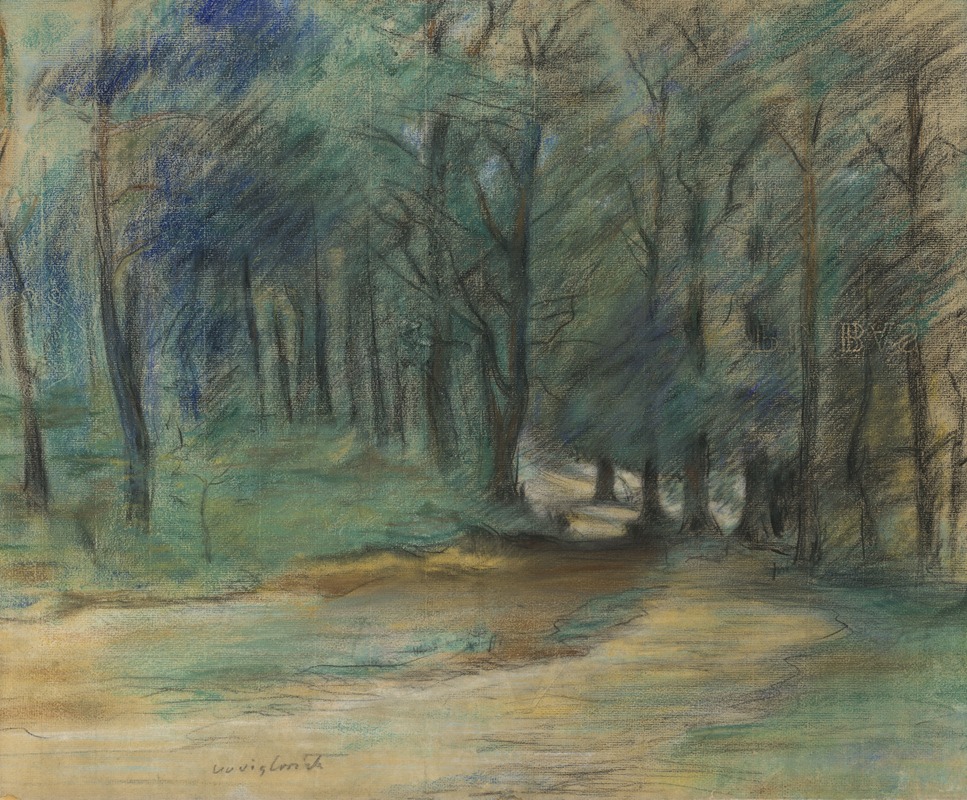
Woodland Path
A hand-painted replica of Lovis Corinth’s masterpiece Woodland Path, meticulously crafted by professional artists to capture the true essence of the original. Each piece is created with museum-quality canvas and rare mineral pigments, carefully painted by experienced artists with delicate brushstrokes and rich, layered colors to perfectly recreate the texture of the original artwork. Unlike machine-printed reproductions, this hand-painted version brings the painting to life, infused with the artist’s emotions and skill in every stroke. Whether for personal collection or home decoration, it instantly elevates the artistic atmosphere of any space.
Lovis Corinth's Woodland Path is a painting created by the German artist Lovis Corinth, a prominent figure in the late 19th and early 20th-century art movements. Corinth is widely recognized for his contributions to Impressionism and later Expressionism, and his works often reflect a dynamic interplay between naturalistic representation and emotional intensity.
Woodland Path depicts a serene forest scene, characterized by a pathway winding through dense trees. The painting showcases Corinth's mastery of light and color, with dappled sunlight filtering through the foliage and casting intricate patterns on the ground. The brushwork is vigorous yet controlled, a hallmark of Corinth's style, which evolved significantly over his career. The composition invites the viewer into the tranquil yet vibrant atmosphere of the woodland, capturing the essence of nature's beauty.
This painting is an example of Corinth's landscape works, which he produced throughout his career alongside portraits, still lifes, and historical scenes. Landscapes like Woodland Path often reflect Corinth's deep appreciation for the natural world and his ability to convey its vitality and movement through his expressive technique.
Lovis Corinth was born on July 21, 1858, in Tapiau, East Prussia (now Gvardeysk, Russia), and studied art in Königsberg, Munich, and Paris. He became associated with the Berlin Secession, an influential group of artists who sought to challenge the conservative art establishment in Germany. Corinth's career was marked by a significant turning point in 1911 when he suffered a stroke that temporarily impaired his ability to paint. Despite this setback, he adapted his style, producing works with even greater emotional depth and intensity.
The exact date of creation for Woodland Path is not definitively documented, but it is consistent with Corinth's broader body of work that explores natural themes. The painting is housed in a public or private collection, though specific details about its current location or provenance are not readily available.
As with many of Corinth's works, Woodland Path exemplifies his ability to merge technical skill with a personal, expressive vision, making it a notable piece within his oeuvre. Further research into the painting's history and context may provide additional insights into its significance within Corinth's artistic legacy.





